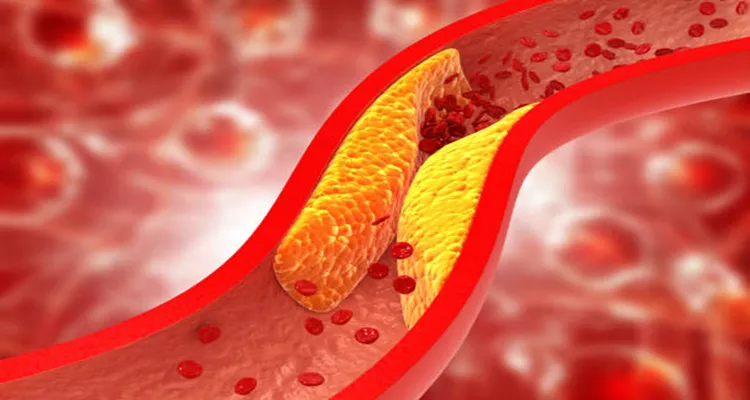LUCKNOW: A groundbreaking blood test may soon help identify individuals at risk for coronary artery disease (CAD) before symptoms manifest. Researchers at King George’s Medical University (KGMU) in Lucknow have discovered two significant blood markers that could enhance early detection of this leading cause of death worldwide.
The study, led by Professor Wahid Ali from KGMU’s pathology department, was published in the Journal of Clinical Medicine.
Professor Ali shared the findings ahead of World Heart Day on September 29. The research focuses on two critical markers—Paraoxonase-1 (PON-1) and Scavenger Receptor Class B Type 1 (SRB-1)—which can help detect CAD before noticeable symptoms arise. CAD develops when fat deposits narrow the arteries that supply blood to the heart, potentially leading to chest pain, shortness of breath, or heart attacks.
Traditionally, heart health has been assessed by measuring High-Density Lipoprotein (HDL), often referred to as “good cholesterol.” However, this study shifts the focus from the quantity of HDL to its function, offering a new perspective on CAD diagnosis.
According to Professor Akshay Pradhan from KGMU’s cardiology department, who contributed to the research, PON-1 and SRB-1 are closely associated with HDL’s role in removing cholesterol from the bloodstream and transporting it to the liver for disposal—a process known as reverse cholesterol transport. If HDL does not function properly, high levels may not provide adequate protection against heart disease.
The cardiology team, including Professor Rishi Sethi, enrolled patients with stable CAD or emergency symptoms. These patients underwent angiography, and those with blockages received appropriate treatment.
Participants were categorized based on the number of blocked arteries.
Professor Wahid Ali reported that 69 CAD patients and 23 healthy individuals were tested for these markers. Results indicated lower levels of PON-1 and SRB-1 in CAD patients compared to their healthy counterparts. For example, CAD patients had an average PON-1 level of 32.6 units, while healthy individuals averaged around 60.36 units.
The severity of CAD correlated with lower levels of these markers.
The study suggests that this method could provide a non-invasive approach for early CAD detection, potentially decreasing the risk of complications. Currently, CAD is often diagnosed through angiography after symptoms appear; however, these markers could enable earlier identification.
Additionally, Professor Ali emphasized that the research challenges the notion that high HDL levels alone guarantee good heart health. The findings indicate that even individuals with elevated HDL may still be at risk if HDL is not functioning effectively.
The research team also conducted genetic studies to explore variations in these markers and plans to expand their study to include more hospitals and patients for further validation.
“These blood markers can be tested using widely available and affordable ELISA tests,” said Wahid Ali. “This accessibility may make early detection of CAD more feasible.”
Related topics:


